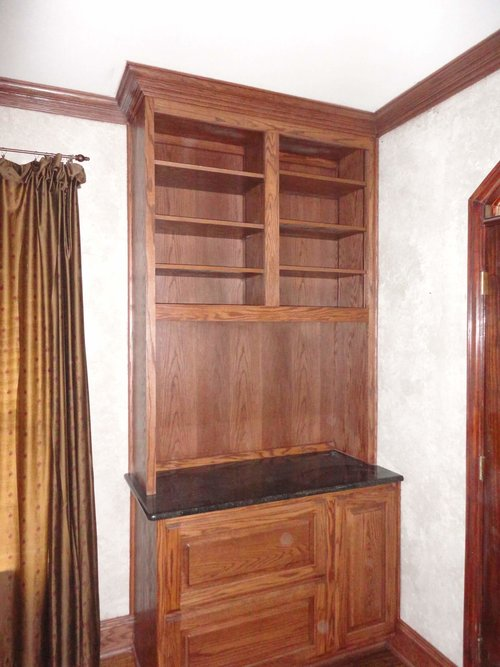
Creating a home library goes beyond just stacking books on shelves. It’s about designing a space that taps into the psychology of how we focus, relax, and absorb information. The way your library looks and feels directly shapes your reading experience. Everything from lighting to texture plays a role in either boosting your focus or making it harder to unwind with a good book.
Let’s discuss how key library design elements can influence your mindset and help you get the most out of your space.
Colors influence your brain more than you might think. In a library design, colors can either stimulate the mind or soothe it. Blues and greens often promote calm and concentration. They reduce eye strain and encourage long periods of focus. Warmer tones like beige or soft terracotta can add a sense of comfort, especially in spaces meant for winding down.
Bold colors might feel exciting, but they can easily become distracting. Think about how you want to use the space. If your goal is deep, uninterrupted reading, stick to cooler, muted shades. If you want a cozy nook for casual reads, add a touch of warm accent color through décor or artwork.
Texture is a subtle but powerful library design tool. Smooth, cool surfaces like glass or metal can feel modern and sleek, but too much can make the room feel sterile. Introducing soft materials—think plush rugs, linen curtains, or velvet cushions—creates a tactile sense of comfort.
Wooden bookshelves add warmth and familiarity. They connect the space to nature, which naturally calms the mind. Layering different textures creates balance and keeps the space from feeling flat. The key is to invite touch and comfort, helping the brain settle into a relaxed state for longer, more enjoyable reading sessions.
Lighting is one of the most important elements in any library design. Harsh overhead lighting can cause eye fatigue and ruin the ambiance. A combination of layered lighting—soft ambient light, task lighting over reading areas, and subtle accent lights—gives you flexibility depending on the time of day and your activity.
Natural light is a major plus. Position your reading chair near a window, if possible. Just make sure glare doesn’t bounce off pages or screens. At night, opt for warm-toned LED bulbs that mimic the gentle glow of daylight without overstimulating the brain.
Where you place your furniture affects how you move through the space, and how long you stay. Face your reading chair away from distractions like doors or screens. Create a defined area for reading that feels tucked in and separated, even in an open-concept space.
Low bookshelves and intimate seating arrangements create visual boundaries and a sense of privacy. That separation helps the brain switch into focus mode. A good library design layout should feel inviting, easy to navigate, and subtly encourage stillness.

Ready to turn your reading space into a library you never want to leave? At The Viking Craftsman, we understand that effective library design goes beyond aesthetics – it’s about creating an environment that increases focus and fosters a love for reading.
If you’re considering library remodeling contractors to bring your dream library to life, our expert team is here to guide you. We specialize in home remodeling in Frisco, TX, and possess the expertise to integrate psychological design principles into your new or renovated library.
Quick Links
Services
Galleries
2025 | All Rights Reserved